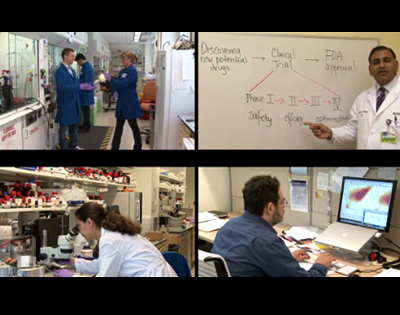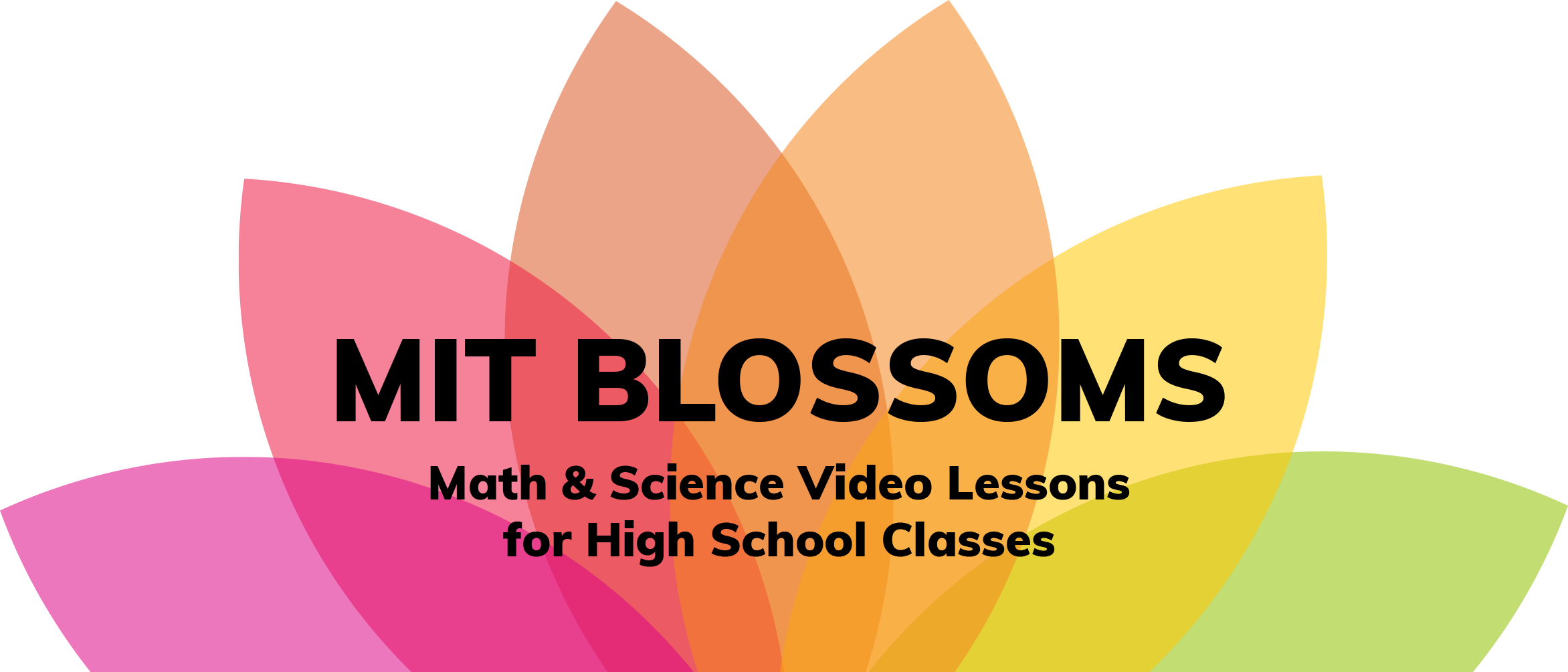Lisa Cucolo graduated in 2010 from Williams College in Massachusetts, with a degree in Chemistry and a concentration in Biochemistry. Since college, Lisa has spent the past two years working in the laboratory of Dr. Todd Golub, in the Cancer Program at the Broad Institute of MIT & Harvard.
Kristina Masson grew up in Sweden and received her Masters degree in Biomedicine, and her PhD in Molecular Signaling, at Lund University in Sweden. Kristina moved to Cambridge Massachusetts in 2009 to work as a postdoctoral fellow in the laboratory of Dr. Todd Golub, in the Cancer Program at the Broad Institute of Harvard and MIT.
Megan Rokop is the Director of the Educational Outreach Program at the Broad Institute of MIT & Harvard, a biomedical research institute located on the MIT campus. Megan earned her Ph.D. in biology at MIT, and has taught biology both to high school students in the Boston area, and to undergraduate students at MIT.
The project described was supported by Grant Number U54CA112962 from the National Cancer Institute. The content is solely the responsibility of the authors and does not necessarily represent the official views of the National Cancer Institute or the National Institutes of Health.


